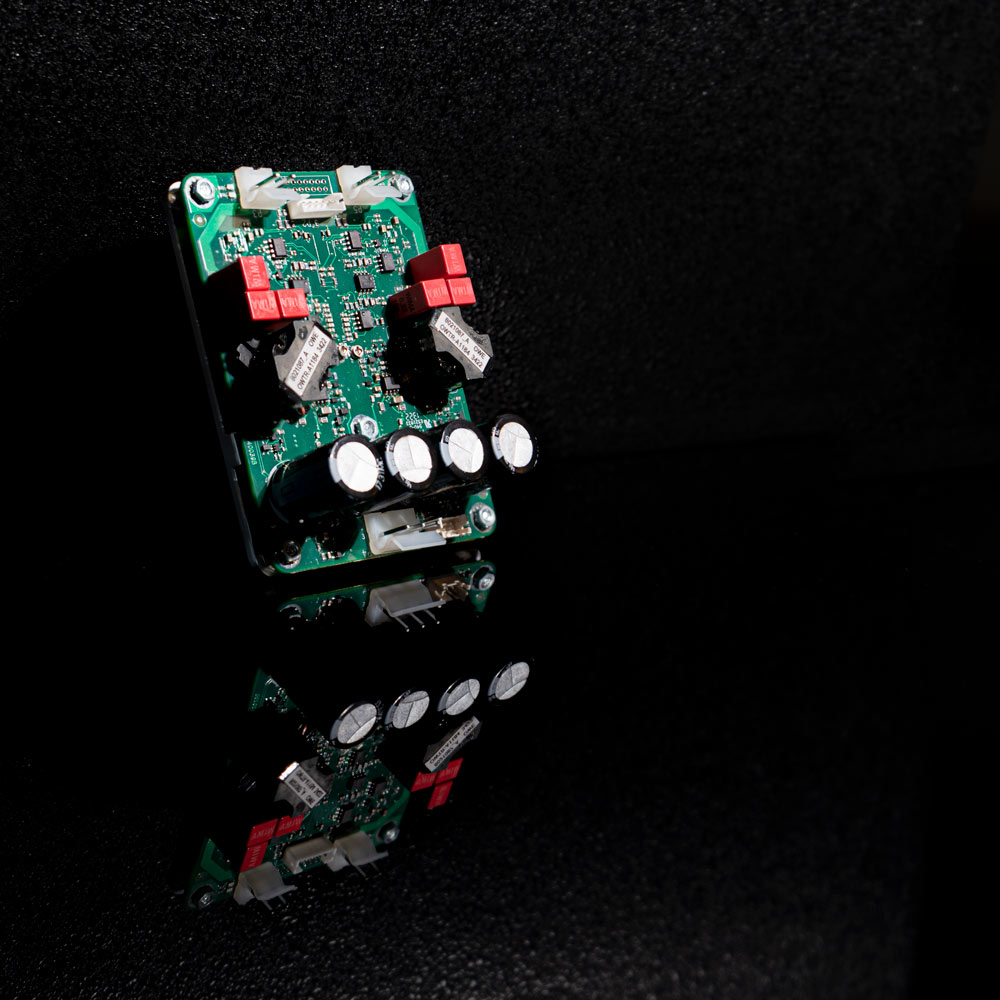Today this is solved by using efficient drivers, class D, and large batteries. If GaN can become cheap, it will reduce the size of the battery required,
Class D amplifiers are already highly efficient so there's only so-much improvement to be had. You can only reduce the battery if you can further-reduce efficiency. If you can go from 90 to 95% efficiency that's a 5% improvement in battery life (or a 5% smaller battery) and a 5% reduction in heat.
The main advantage of efficiency is that you can get more power out of an amplifier without burning-up the components inside. Most of the highest-power amps these days are class D. (Or you can make it smaller & lighter with smaller heatsinks and no fan, etc.).
Most amplifiers are already free of audible defects.
If GaN (or anything else) can give me more for my money (more power in the case of a power amp) THEN I might be interested!
Generally, I don't care what's inside my amp. I know nothing about the inside of my AVR but I assume the amplifiers are class D, made with MOSFETs or MOSFET integrated circuits.
P.S.
Most of the efficiency/inefficiency of class A/B or class A amplifiers is related to the basic class A/B or class A design and whether you use a transistor, MOSFET, or GaN isn't going to make much difference. (MOSFETs seem to be able to handle more power than regular bipolar transistors.)
In a class D (switching) amp, MOSFETs tend to switch-on more-completely than regular transistors (lower on-resistance) so less power is wasted, they heat-up less, and you can build a more powerful amplifier.
Apparently GaN can switch faster, which means it's partially-on for a shorter time and too means it can run cooler (or at a higher switching frequency). So you could gain efficiency but the question is, is that important if you are already at around 90%? Maybe... Mybe not...
P.P.S.
Manufacturer's ALWAYS tout whatever design choices they make as some kind of feature or advantage...
"FET op-amp circuitry!"
"MOSFETS!"
"Discrete bipolar electronics!"
"Vacuum tube technology!"
"Point-to-point hand wiring"

 icepoweraudio.com
icepoweraudio.com

 icepoweraudio.com
icepoweraudio.com

